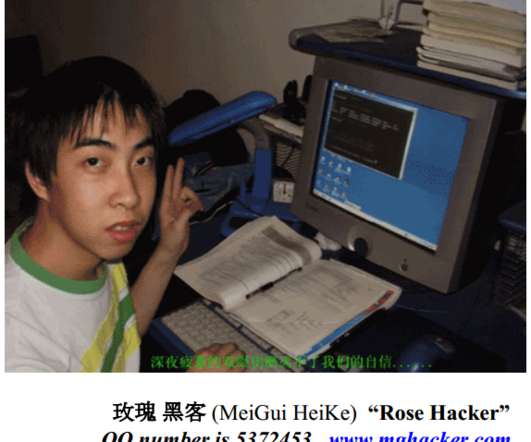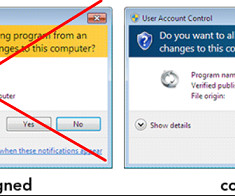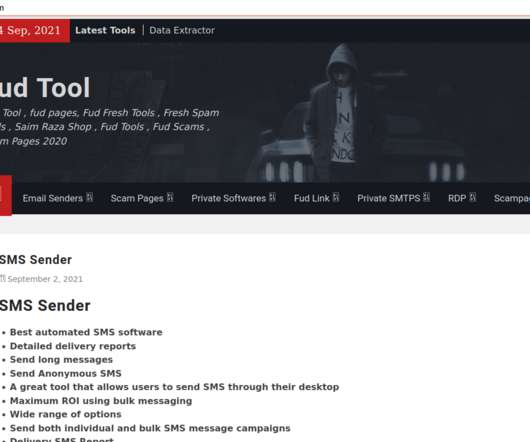Chinese Antivirus Firm Was Part of APT41 ‘Supply Chain’ Attack
Krebs on Security
SEPTEMBER 17, 2020
One of the alleged hackers was first profiled here in 2012 as the owner of a Chinese antivirus firm. One of the men indicted as part of APT41 — now 35-year-old Tan DaiLin — was the subject of a 2012 KrebsOnSecurity story that sought to shed light on a Chinese antivirus product marketed as Anvisoft. Image: FBI.













Let's personalize your content